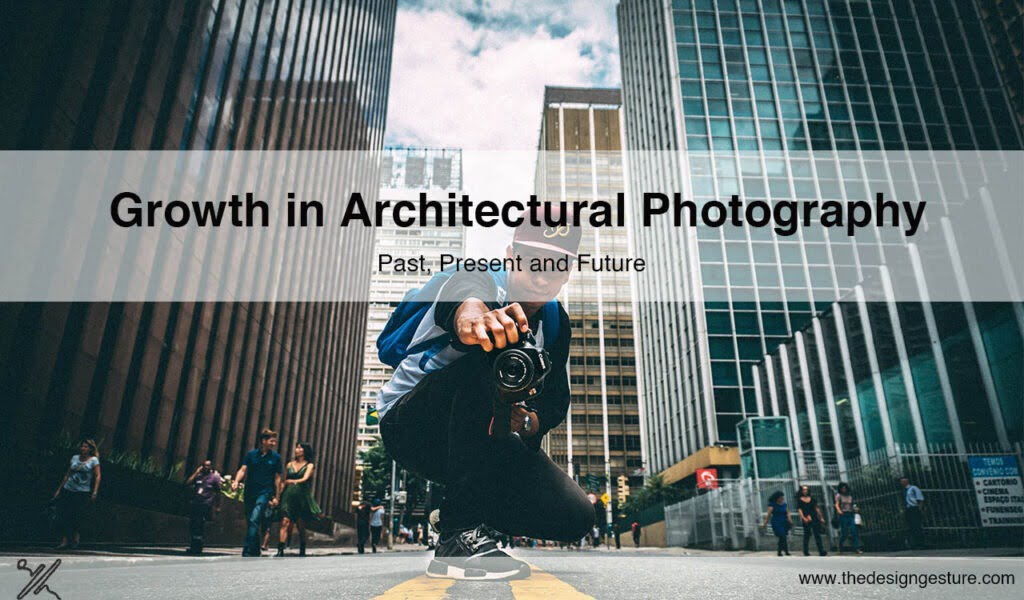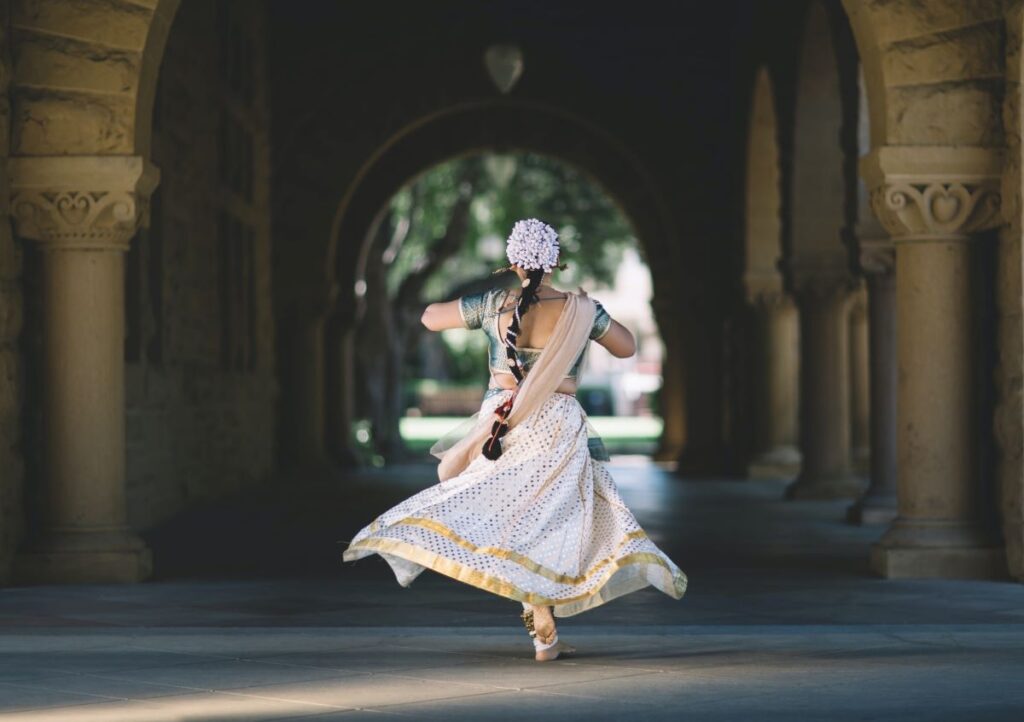A photograph captures a moment otherwise gone and depending on who is looking at it, a photograph may convey a variety of tales. Even though an image does not tell a story, it is valuable to a person since it is associated with memory. When you try to introduce this usage of an image into a sector like Architecture, Architectural Photography where art, design, and science are all technically balanced, you’ll need a pre-defined function and description.
In today’s image-obsessed world, we consume a lot of architecture through photos rather than actual spatial encounters. The benefits of architectural photography are numerous; it helps individuals to gain a visual knowledge of structures that they may never have the opportunity to visit in their lifetime, resulting in a useful resource that allows us to broaden our architectural vocabulary.
Table of Contents
What is Architectural Photography?
The term “architectural photography” refers to photography that focuses on structures in general. Shooting exteriors and interiors of buildings, as well as bridges, other structures, and cityscapes, are all the possibilities included. Architectural photography is concerned with the accurate representation of a three-dimensional environment on a tiny flat area.
Architectural Photography is also evidence of the interaction of two closely related but somewhat distinct disciplines, whose interplay has become increasingly entangled in recent times: while architects and historians continue to use photographs as indexical records of artifacts, buildings and sites are becoming increasingly identified with their photographic image as a result of the emphasis placed today on architecture as a form of mass communication.
While it is easy to aim a camera at a building or a bridge and take a picture, capturing architecture is an art form. It’s easy to dismiss architectural photography as merely capturing buildings, but there’s a lot more to it. Architectural photography is concerned with capturing not just the architecture and precise portrayal of a structure, but also the aesthetic appeal of the pictures to the spectator.
A photographer who specializes in architecture creates rather than captures photographs. To capture the beauty of structures, architectural photographers need extra skills and methods, such as perspective control to capture full areas and understand when and where to locate the images.
Two Types of Architectural Photographs
Exterior Photographs- Simply put the photos taken of the exterior part of any built environment are referred to as exterior architecture photography. Exteriors have a lot of natural light, which makes photographing them simpler. Exteriors may generate radically diverse, gloomy, and dramatic outcomes depending on the vagaries of nature.
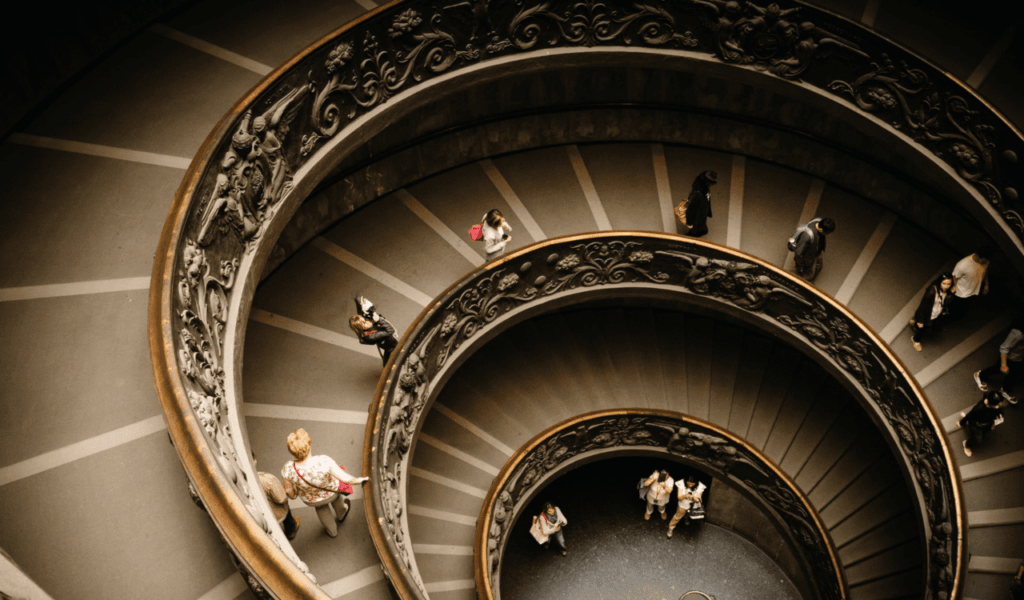
Interior Photographs- photos taken of the interior decor of any room are referred to as interior architecture photographs. Interiors are more difficult to photograph because the amount of ambient light accessible from windows or skylights is typically restricted, and often filtered, as in cathedrals with brilliant stained glass windows. The use of additional illumination in the form of a flash aids in the precise capturing of interiors.
A Brief History
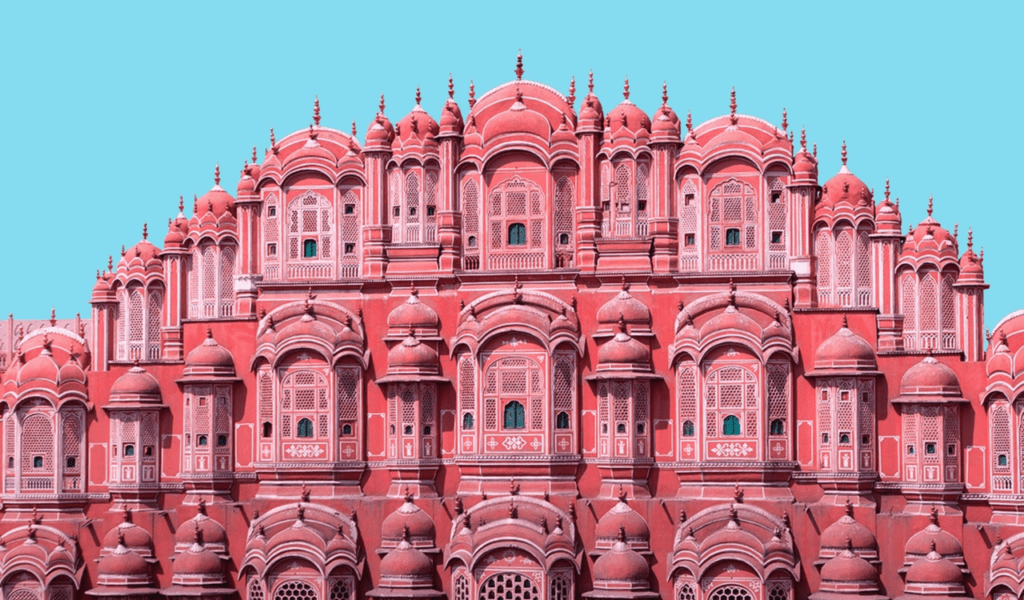
Buildings offer a lot more than just providing us with a roof over our heads. They’re also pieces of art and cultural icons. Architectural photography began as a method to chronicle structures, but it has now grown into a varied art form. Photography of architecture has a long and illustrious history and in reality, view from the Window at Le Gras, the world’s oldest surviving image, was taken in the 1820s! The media has been popular for many years, which is unsurprising given the importance of architecture.
The origins of architecture photography may be traced back to the 1830s, with William Talbot and J.L.M. Daguerre being widely acknowledged. During that period, the Elevation Approach and the Perspective Approach emerged.
The Elevation Approach is, as the name implies, comparable to a blueprint or plan. It is a viewpoint obtained by approaching the topic from the front and producing a two-dimensional picture of the structure. This was intended to look like a sketch and to show as many details as possible.
The Perspective Approach stresses the third dimension. Typically taken from a vantage point in the corner or at an angle. The goal is to depict how the structures appeared and to include some surroundings. This approach enables the photographer to be a little more creative and adventurous.

Evolution and Impact of Architectural Photography Today
Architecture is one of the most dynamic art forms carved into the fabric of human civilization, from the Giza pyramids to the temples of Ancient Rome, from a suburban home to a towering contemporary skyscraper. Since no two structures are similar, and no two perspectives provide the same image, architecture is a favourite subject for photographers.
Architectural Photography has evolved in many ways and so has its purpose. The earlier architecture used to be photographed as it was a more convenient option, a subject that could stand still for as long as the photo needed to be developed then it went on to be used by magazines and other printing media but today it has become a hobby, passion and career option for many architects and photographers. People invest in heavy gears and equipment to photograph and edit pictures of evolving architecture as well as the buildings from the past. Many even take it upon themselves to professionally educate about architectural photography.
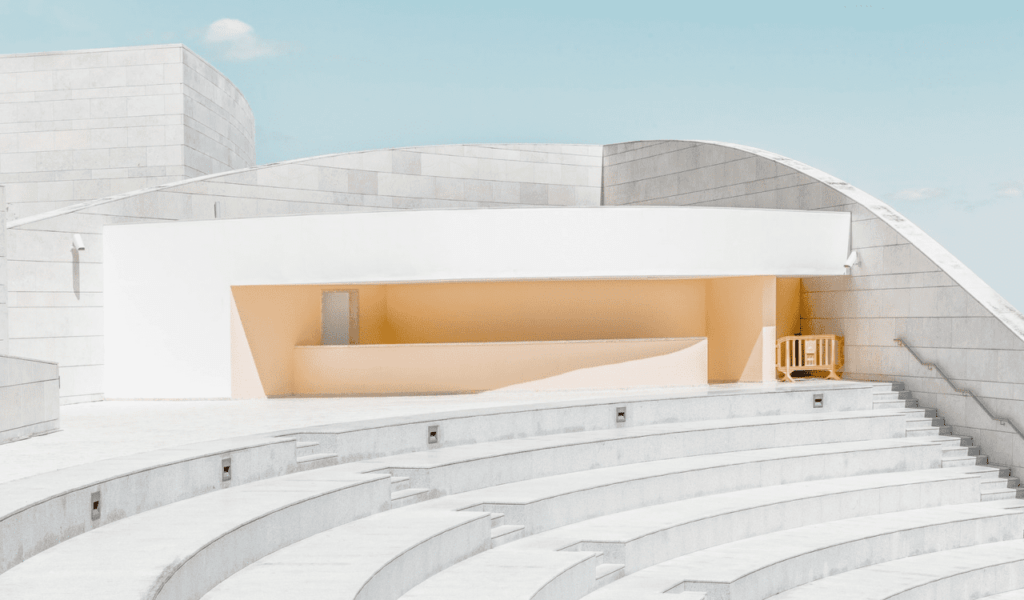
In the age of social media platforms like Instagram, Pinterest, and Facebook, architectural photography plays a pivotal role in showcasing the beauty of structures to a global audience. Architects, photographers, and even enthusiasts use these platforms to share stunning visuals of architecture, allowing aspiring students and design enthusiasts to explore the intricate details of buildings without leaving their homes. Aspiring photographers may also find opportunities to sell their work, including cheap canvas prints, to a wide audience through online platforms.
Documentation and Interpretation
Architectural photography is more than simply a casual attempt to picture a structure. By the 1860s, architectural photography had established itself as a valuable visual medium, and by the mid-twentieth century, architects had begun to frequently collaborate with photographers. For one reason or another, buildings have become highly appreciated photographic subjects. They reflect cultural importance and reveal societal trends, which is an essential aspect of photography and its recording function.
From Fascist architecture in Italy to structures in the Soviet Union, leaders of totalitarian regimes utilized architecture to symbolize authority and domination. These are merely contemporary examples, but the ancient ones — cathedrals, temples, and castles – are much more evident.
Is there a better method to ensure that these monuments are preserved than to photograph them? Time and change are captured by architecture photographers. They recognize, in a sophisticated way, the synthesis of the ancient and the new, the neoclassical and the modern. They support architectural design and stage sets, but they also capture spontaneous events that occur in and around buildings and landscapes, revealing their actual character.

Architecture photographers employ a variety of approaches, some of which have been used since the beginning. They utilised view cameras to provide a controlled perspective, with the focal plane of the camera perpendicular to the ground. Photographers nowadays mostly utilise digital single-lens reflex cameras (DSLRs), which provide a variety of lenses, depth of focus, and perspective adjustment choices.
Architectural Photography as Career Option
A skilled photographer can capture any environment and make it look like a canvas painting, but architects understand the value of lines and shapes, it raises itself uniquely when an architect pursues the art of photography. While photographing buildings and locations across the world is the most prevalent pastime, that doesn’t imply there aren’t professions in this sector. The field is tiny yet specialized.
With the majority of advertising and marketing taking place online, architects, designers, institutions, hotels, tours & travels, and real estate developers demand high-quality images to help get clients in the door. They want photos to demonstrate the quality and diversity of their work on websites or in portfolios. How many people have made hotel or Airbnb reservations after seeing the photos? Almost anything nowadays.
Builders require images to market their inventory; students need photographs to learn about the building through presentations or drawings; fine art and architectural shots are sold in art galleries and on digital media such as Shutter stock, stock photos, and numerous other web portals and personal blogs. As the saying goes, if you want to learn something, read an old book.
Whether it’s for a business or a designer, low-quality pictures represent the identity. Despite having intended emotions or an aesthetic touch, people instinctively link terrible pictures with a poor company or design quality, sullying the brand and marketing. Software such as Photoshop, Lightroom, and filters may be used to fine-tune images until they resemble reality as much as possible.
All of this creates a demand for architectural photographers that have been trained or have extensive experience. All began as freelancers, and today many have their own businesses and employ experts. Many institutions offer online or in-person architectural photography classes, and there are several free tutorials accessible.
Will it help earn your bread and butter?
Most architectural photographers are not paid on an annual basis or work full-time, they are engaged on a project-by-project basis. The amount charged is also determined by where one lives and the customer. They may charge a set cost to deliver a folder of building or interior photos, or they may charge per visit and then give a bundle containing multiple rendered images. It all depends on how much time they need to spend preparing, shooting, and editing, and each photographer charges differently.
Need for Architectural Photographers
Images are immediately registered and processed in the brain with incredibly short attention spans in today’s image-obsessed world. A tale is given every step of the process, from photographs to walkthroughs, videos to reels. The before and after photos we view to assist us to understand how a location is altered, eliciting an emotional response inside us.
Every company must advertise itself. Your images must retain the integrity of your brand whether they are utilized for print advertising, marketing brochures and materials, personal website, or just Instagram and Pinterest. First and foremost, you want to keep your brand’s individuality. Is your firm more formal or more laid-back? A skilled photographer who specializes in your business will set up the photographs properly. Whether your photographs are of products, people, architecture, or cuisine, a professional photographer knows how to emphasize the greatest aspects of your product.
Second, you’d like your real photos to appear stunning. People have an unspoken association: if the photographs are terrible, the product is bad or the company does not care enough to have decent photos or both. As a result, even the greatest staging may be ruined if the lighting isn’t correct or the angles don’t reflect the proportions of the object while still evoking emotions and an aesthetic notion.
Professional lighting can make or break any picture. Colour, depth perception and other factors can be influenced by lighting. Certain characteristics can be highlighted by bright lighting, while faults might be concealed by purposeful shadows. This is also true in terms of architecture and design.
The objective is to keep the colours and lighting as they were intended by the architect and interior designer. It is critical to assess the space at various times of day to discover how typical light (natural or artificial) interacts with the area. The finished output should appear entirely real as if you are standing right there. Taking use of the natural shadows in these places should always be a good idea.
Post-production is also an essential part of the process. A competent architectural photographer should be able to utilize a variety of ways to repair any flaws in the original photos while keeping them looking entirely natural.
Future
Another thing that changed throughout the digital age was that had an unavoidable impact on architectural photography. Modeling and rendering experts use 3D tools to create pictures that properly depict the argument over whether reality is unreal or the simulation is too lifelike. Almost every architectural firm creates renderings to picture their ideas before they are completed, so that investors and the general public may predict how they will look in the future.
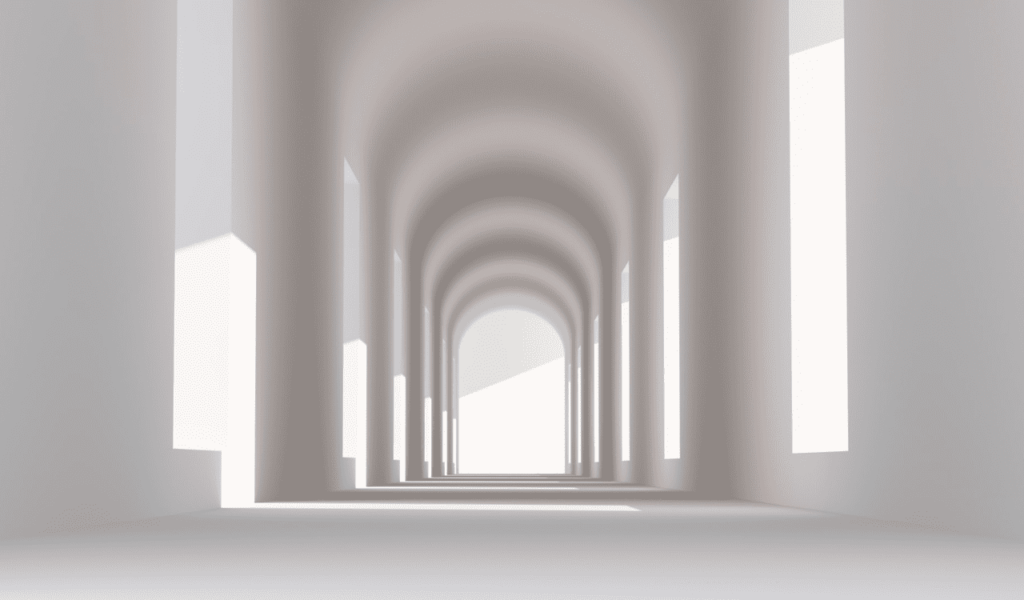
When confronted with these approaches, photography appears to adopt a weird posture, ranging from blatant imitations to total illusions. It can be utilized as a complement to the render, assisting in the creation of illusory pictures that resemble reality, or as a contemporaneous stream that carries something that renderings seldom do – a hint of imperfection.
Technically, I believe that both are significant and that if the renders surpass the expectations of the pictures, the photographs may be included in the project’s As-built stage, which will serve as a visual record of what was suggested vs. what was achieved.

